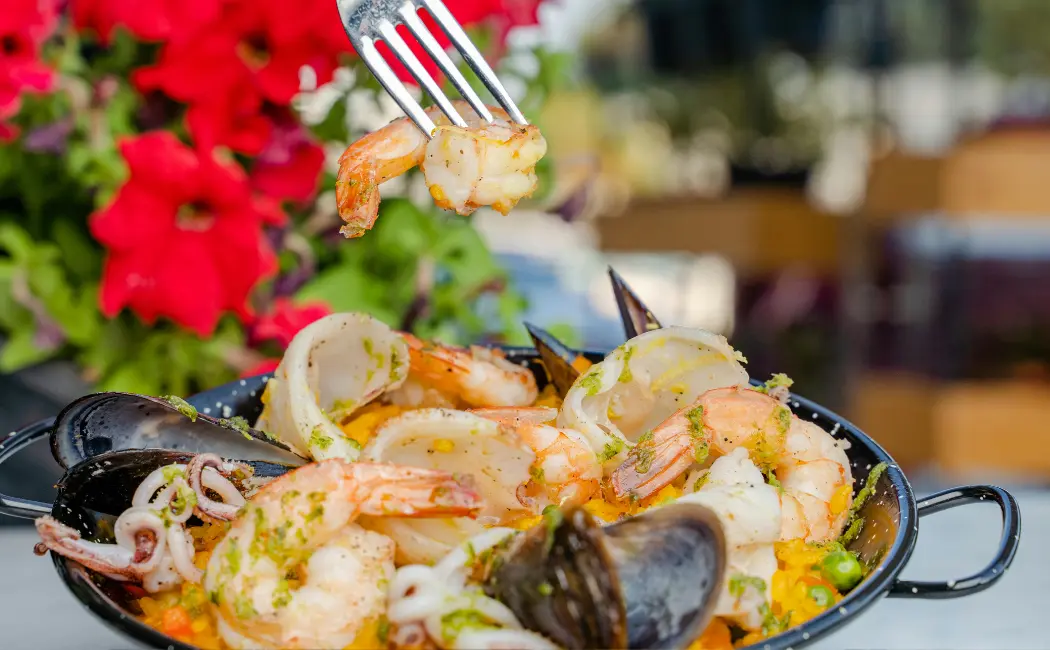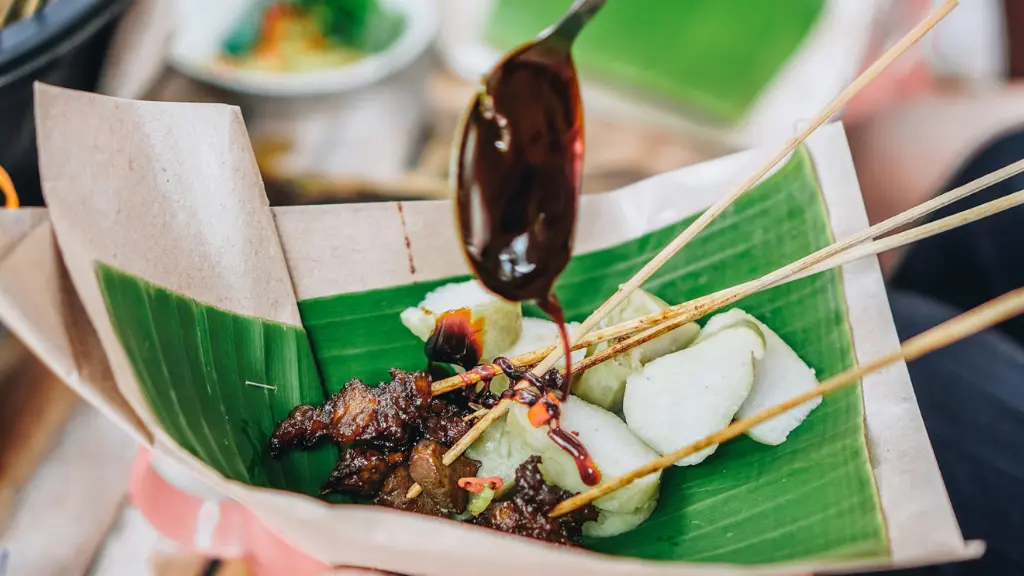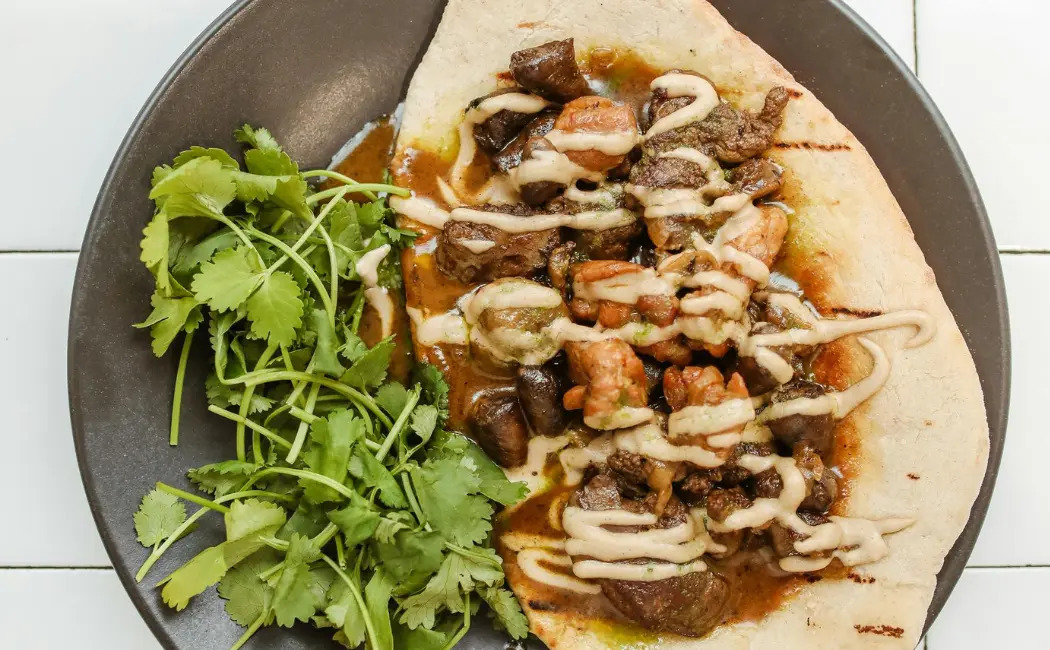Paella, Spain’s quintessential dish, has captivated the taste buds of food enthusiasts worldwide with its vibrant colors, aromatic saffron, and savory flavors.
This classic Valencian delight has become synonymous with Spanish cuisine, showcasing the country’s culinary expertise and cultural heritage.
You May Also Like: Flavors of India: A Culinary Journey Across the Country
History and Origins
Paella’s origins date back to the 15th century in the Valencia region, where farmers and laborers cooked rice, vegetables, and seafood over open fires.
The name “Paella” derives from the Latin “patella,” meaning frying pan. Initially, paella was a humble, peasant dish.
Authentic Ingredients and Preparation
A traditional Paella Valenciana recipe requires:
- Saffron-Infused Rice: Bomba or Calasparra rice, cooked with saffron threads.
- Seafood: Shrimp, mussels, clams, and squid.
- Chorizo: Spicy Spanish sausage.
- Vegetables: Artichokes, peppers, and tomatoes.
- Spices: Paprika, cumin, and saffron.
To prepare authentic Paella:
- Heat olive oil in a traditional paellera (pan).
- Sauté chorizo and vegetables.
- Add seafood and cook until tender.
- Add rice, saffron, and spices.
- Cook over low heat, stirring occasionally.
Regional Variations
While traditional Paella Valenciana hails from Valencia, regional variations exist:
- Paella de Marisco: Seafood-rich version from the coast.
- Paella Mixta: Combination of seafood and meat.
- Paella Vegetariana: Plant-based version.
Cultural Significance
Paella embodies Spanish culture:
- Family Gatherings: Paella is often served at family reunions.
- Festivals: Paella is a staple at Spanish festivals.
- Tradition: Recipes passed down through generations.
Health Benefits
Paella offers surprising health benefits:
- Protein-Rich: Seafood and chorizo provide lean protein.
- Fiber-Rich: Rice and vegetables contain dietary fiber.
- Antioxidant-Rich: Saffron and vegetables contain antioxidants.
Celebrity Chefs’ Takes
Renowned chefs share their Paella interpretations:
- José Andrés: Adds rabbit and snails.
- Jamie Oliver: Incorporates chorizo and shrimp.
- Mario Batali: Uses traditional paellera.
Modern Twists and Innovations
Contemporary chefs experiment with Paella:
- Vegetarian Paella: Plant-based alternatives.
- Paella Cakes: Crispy, individual paella portions.
- Paella Risotto: Creamy, Italian-inspired variation.
Conclusion
Paella’s rich history, vibrant colors, and savory flavors have solidified its position as Spain’s national dish.
By understanding its origins, authentic preparation, and cultural significance, we can appreciate the beauty and simplicity of this iconic dish.
References
- “The Food of Spain” by Claudia Roden.
- “Paella: A Recipe’s Evolution” by The Guardian.
- “Spanish Cooking” by Penelope Casas.
Fact Box
- Originated in 15th-century Valencia.
- Name “Paella” derives from Latin “patella.”
- Traditional ingredients: saffron-infused rice, seafood, chorizo, and vegetables.
- Regional variations exist throughout Spain.
- Rich in protein, fiber, and antioxidants.











Will definetly try